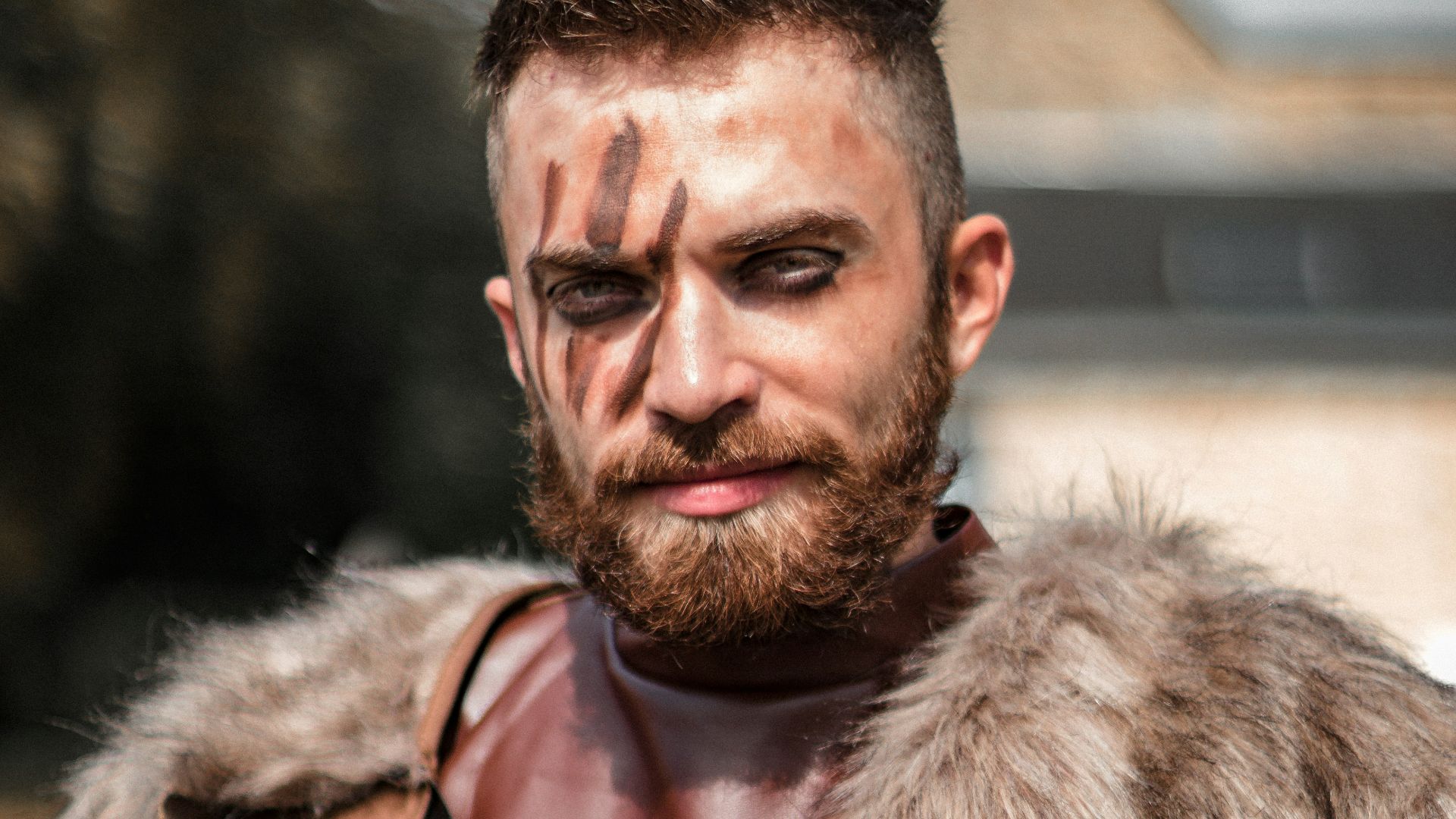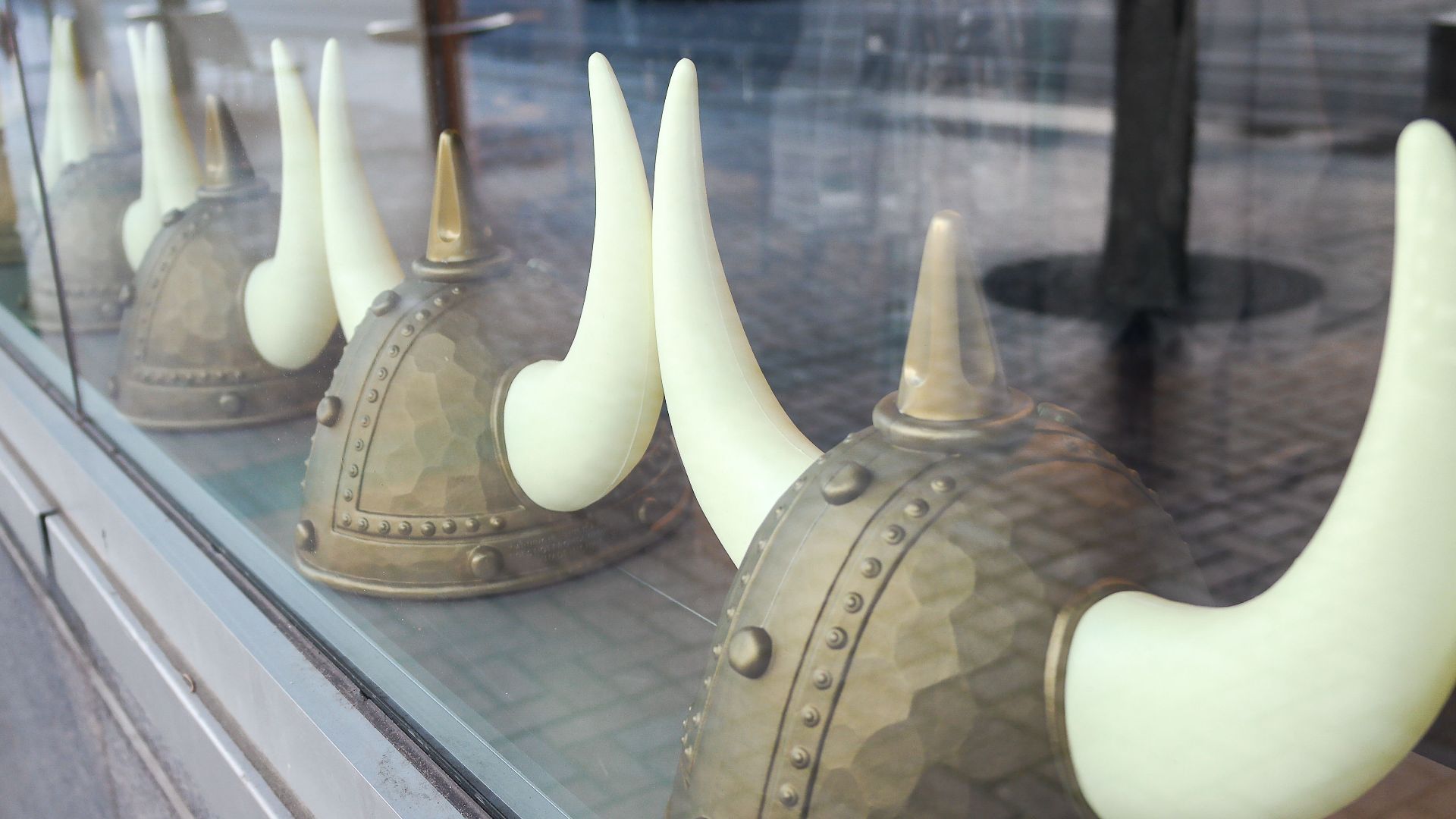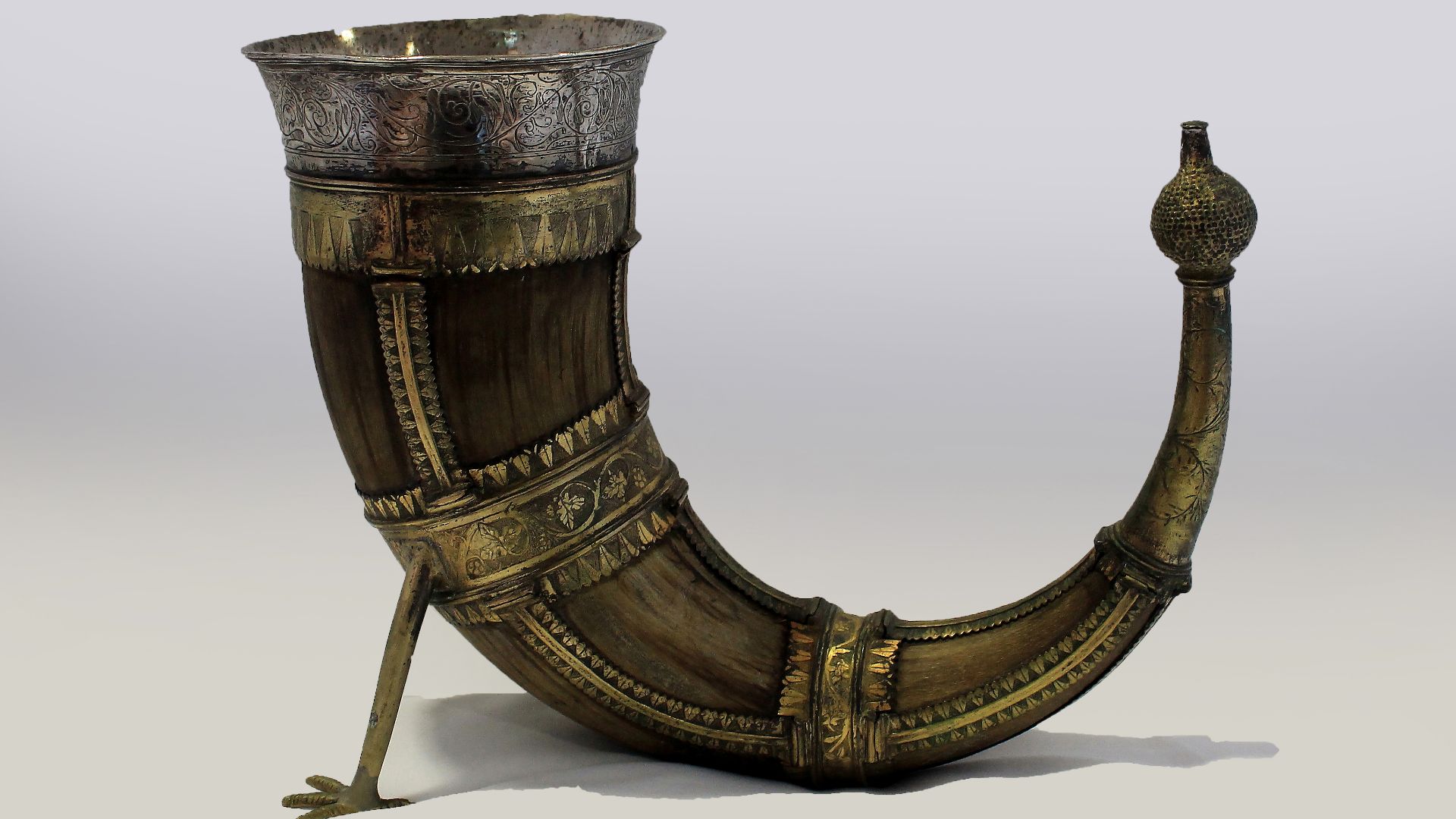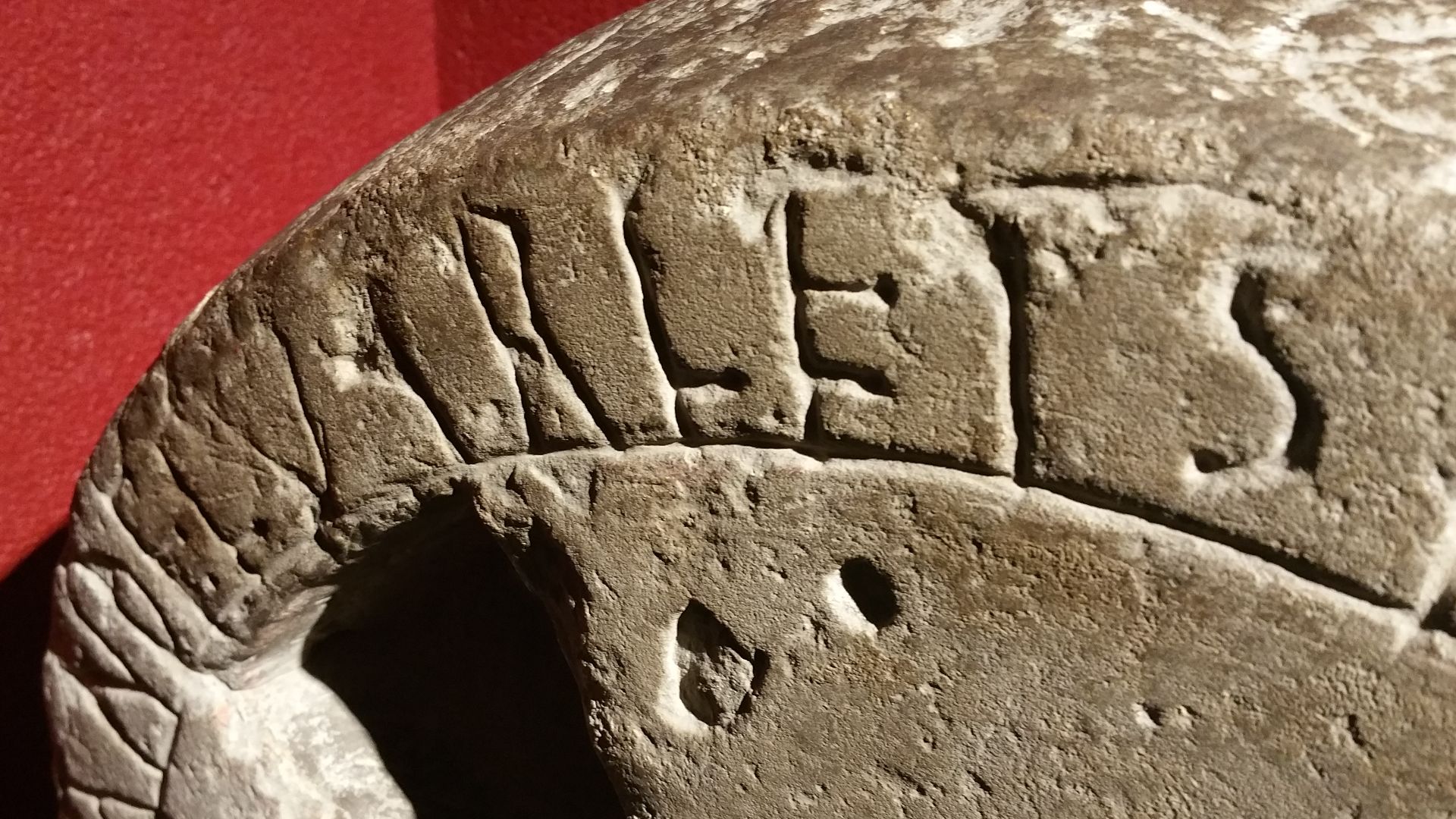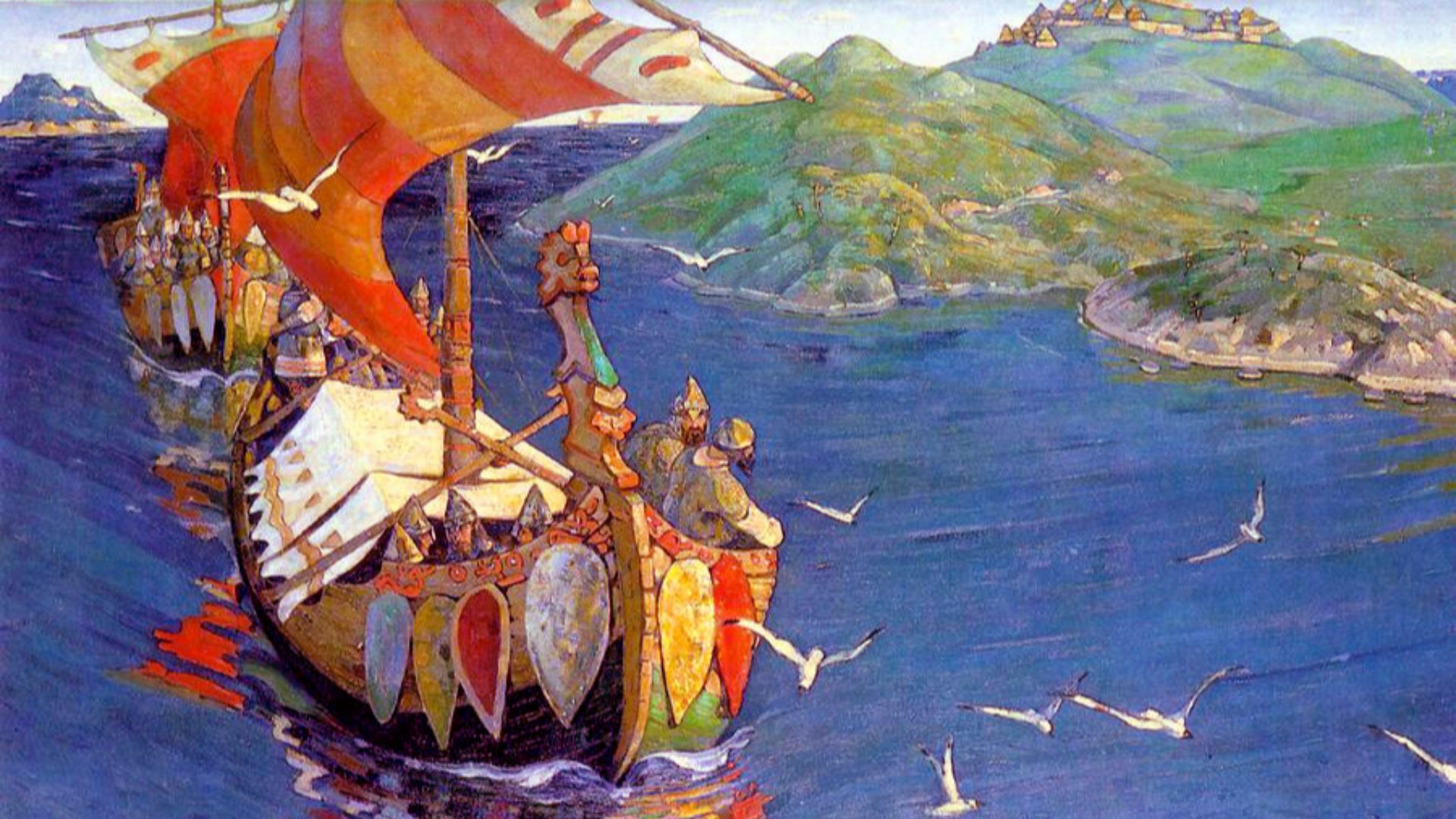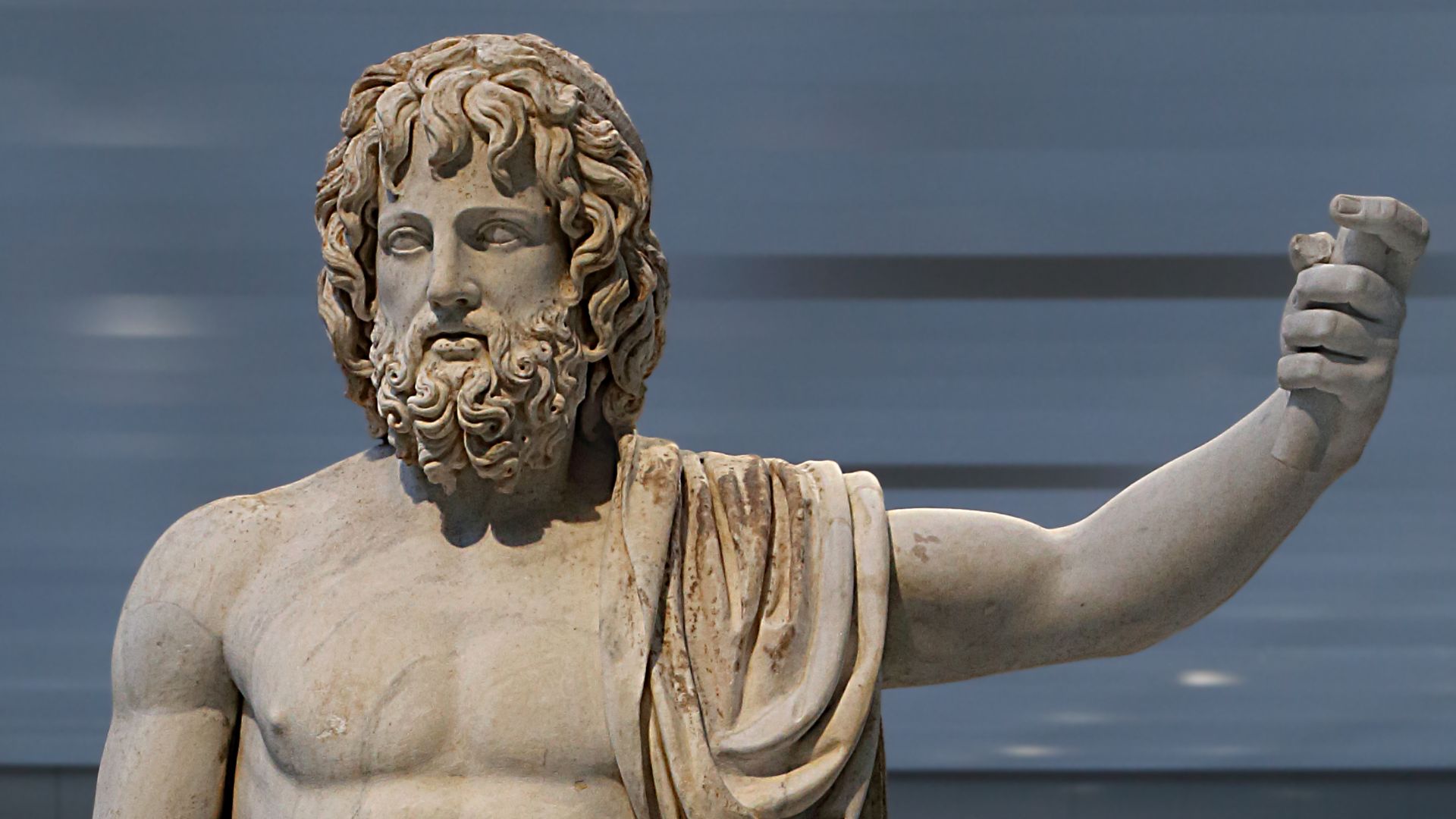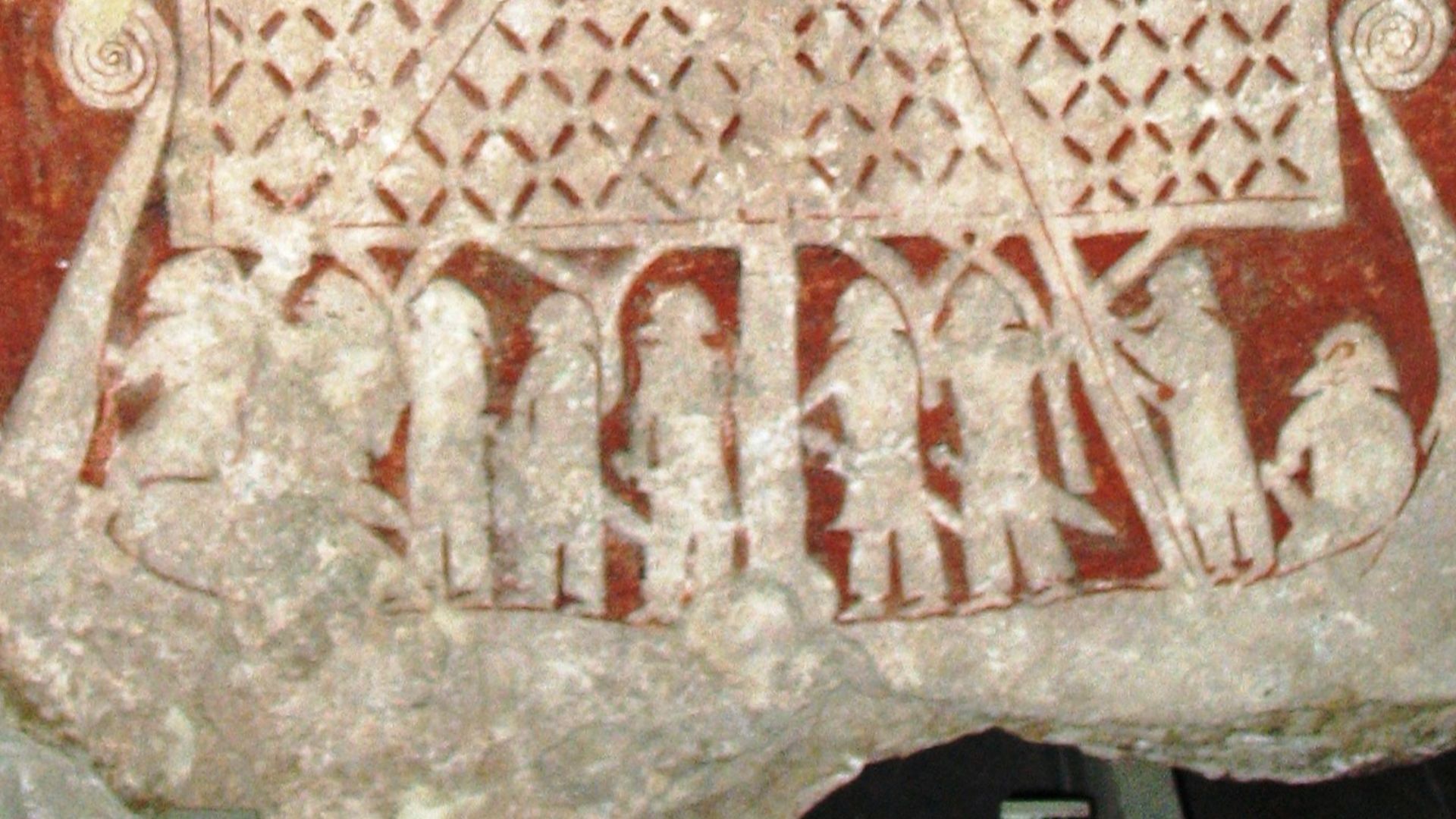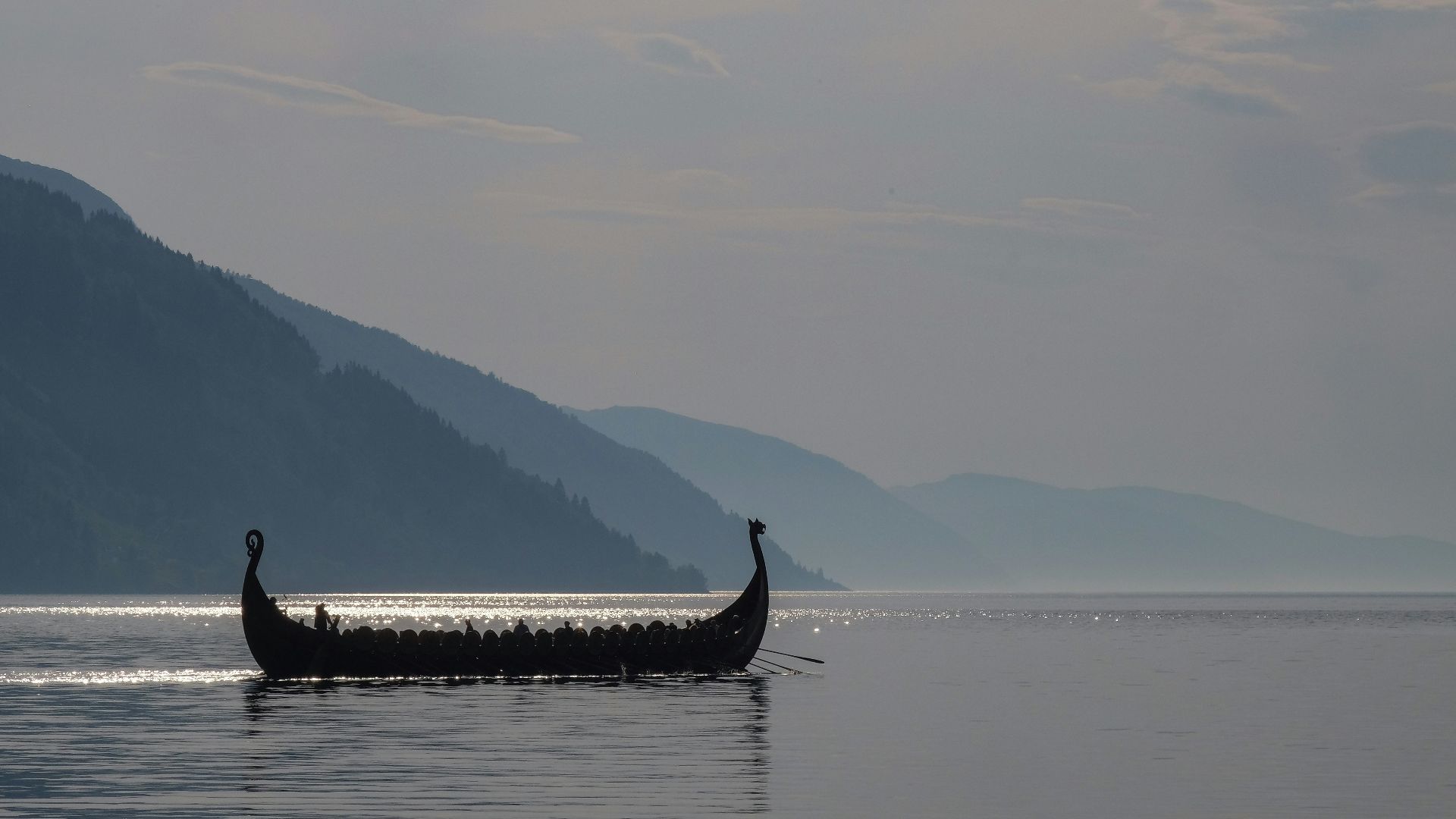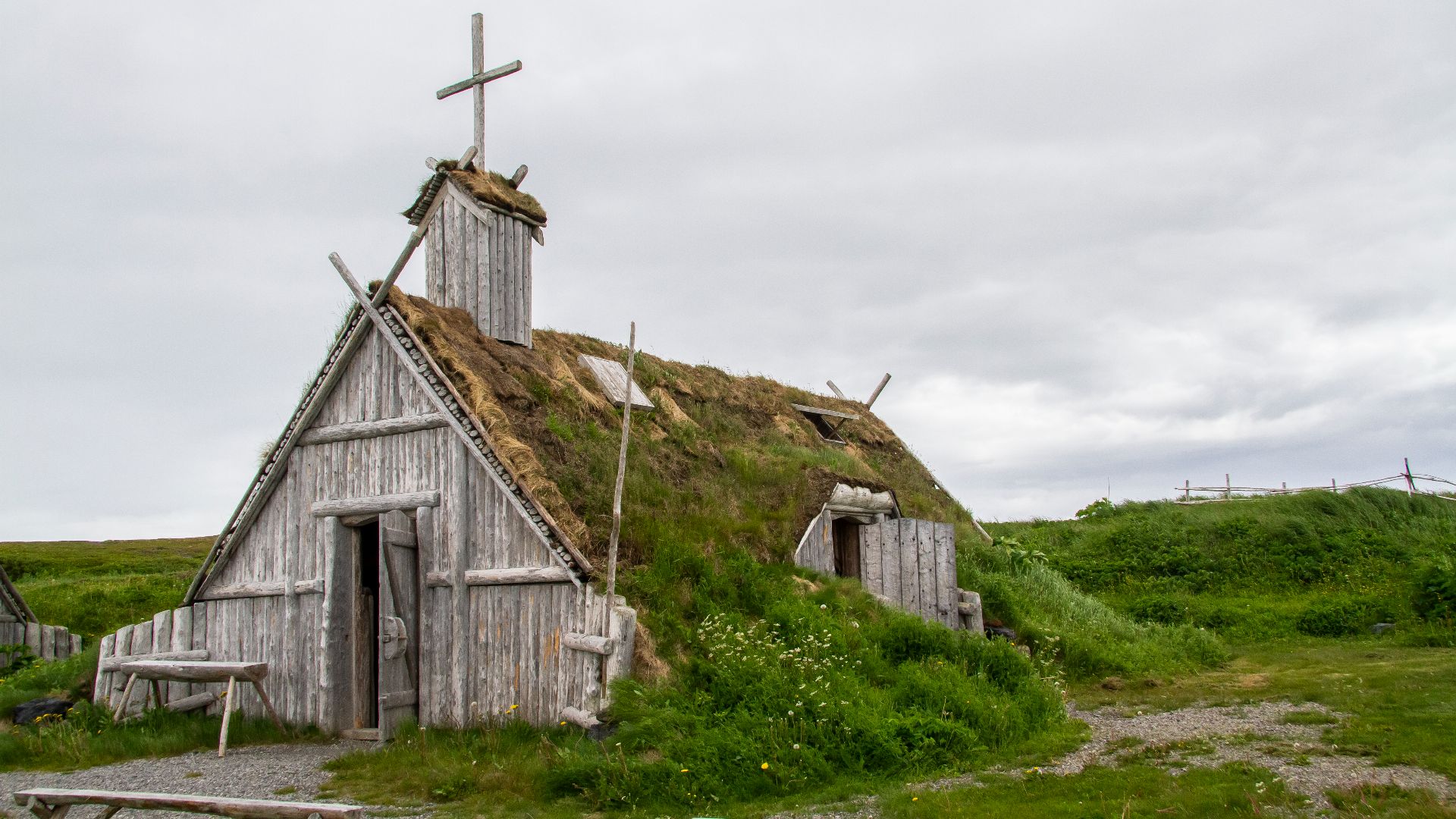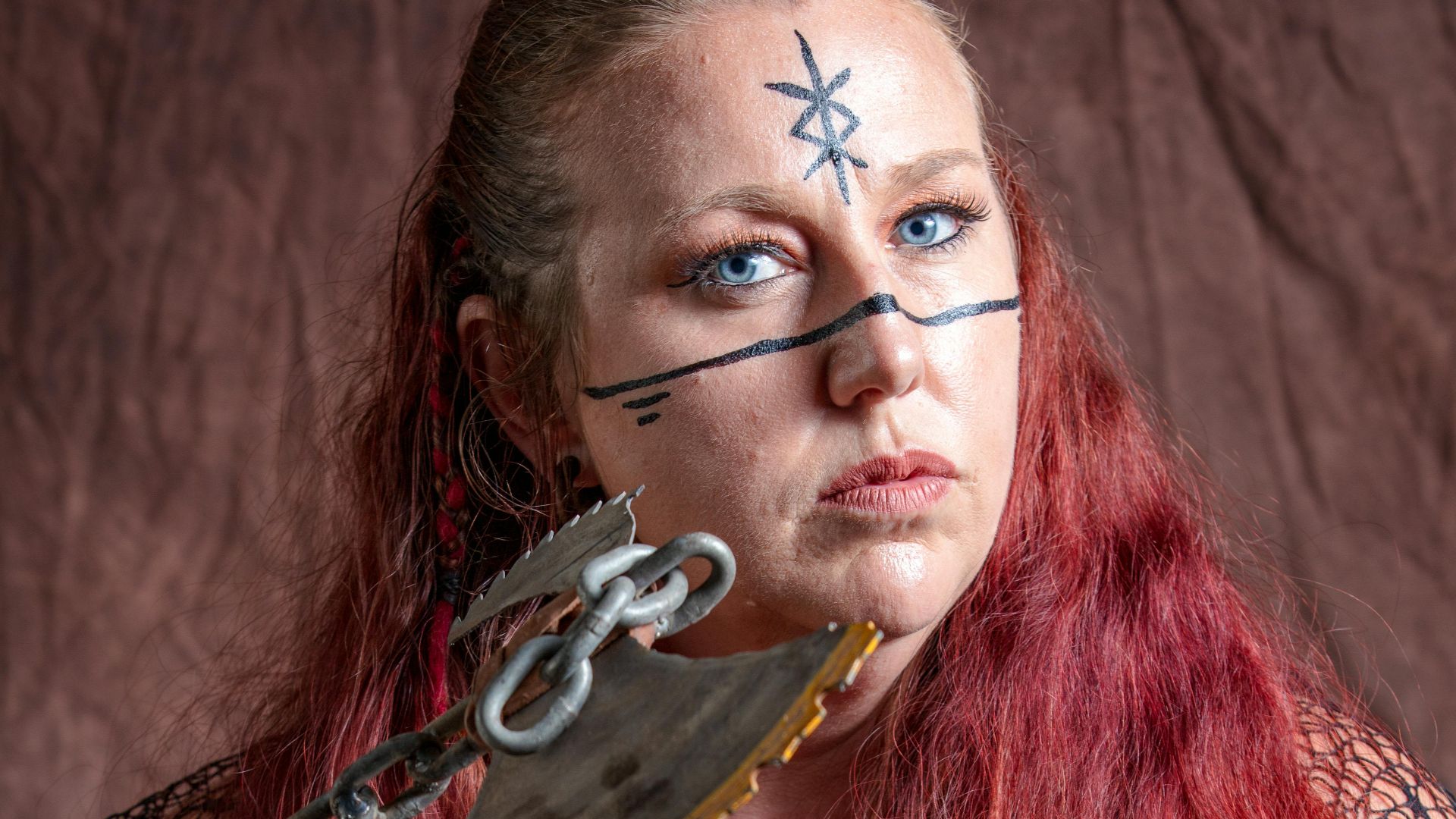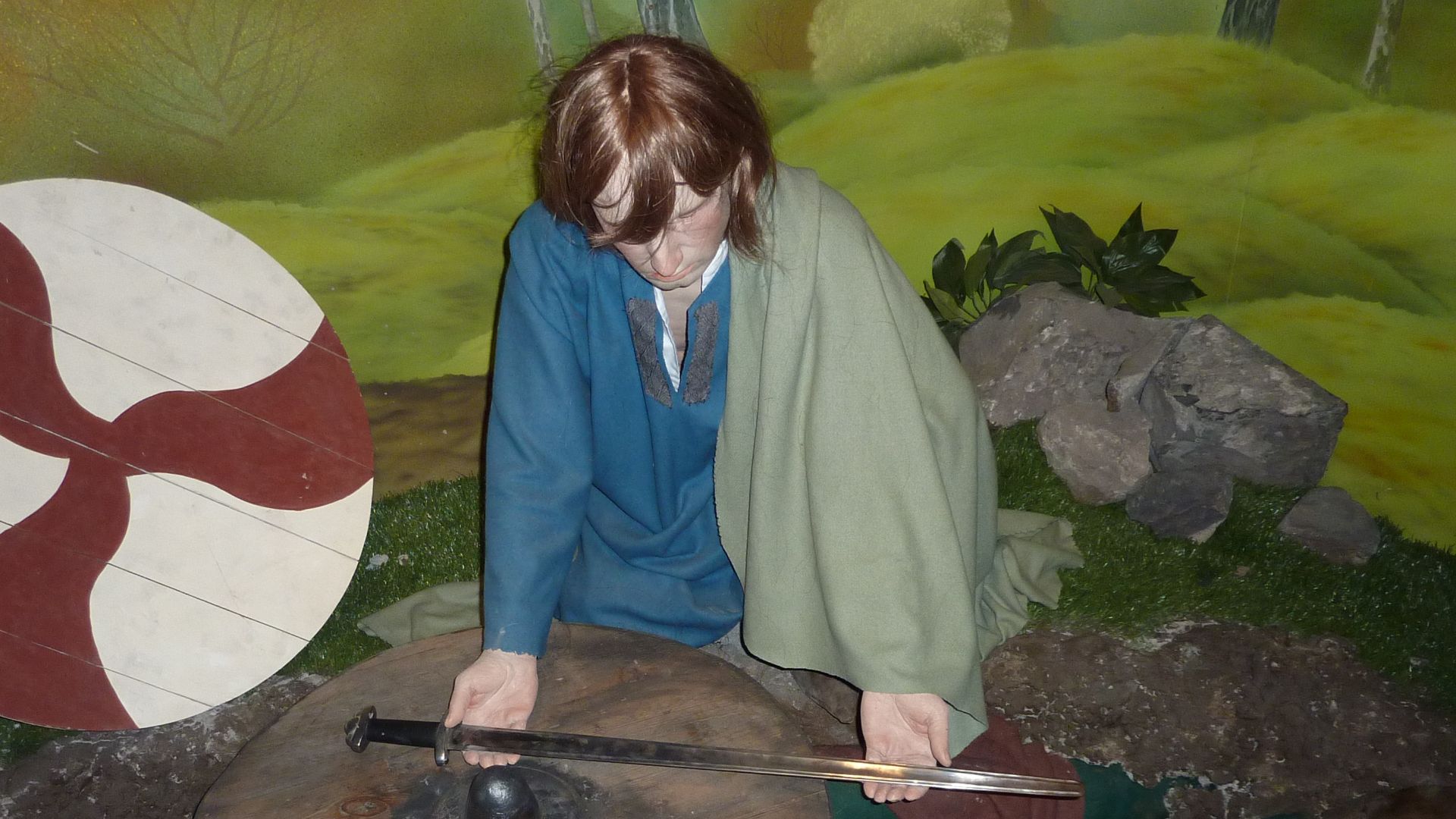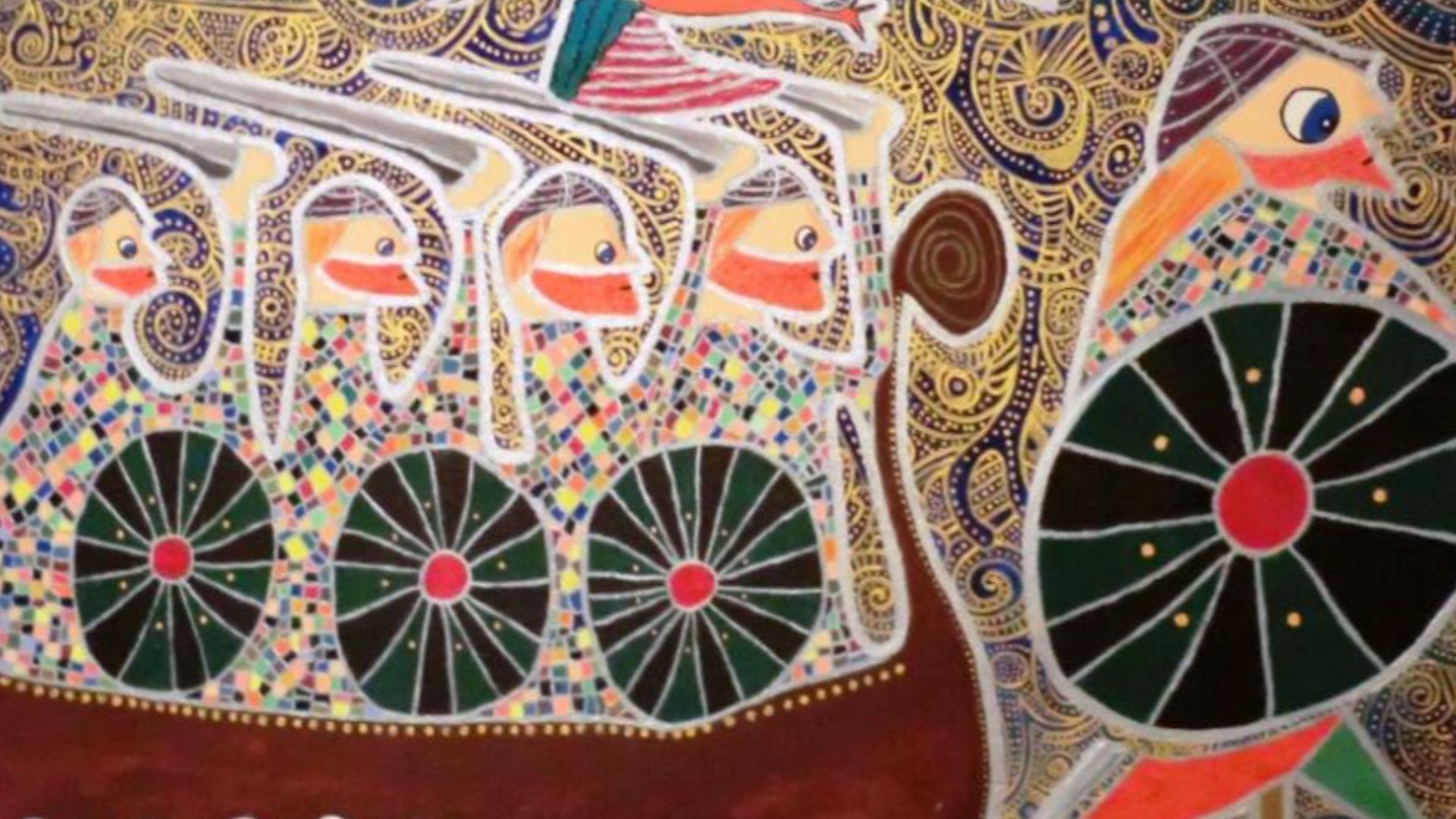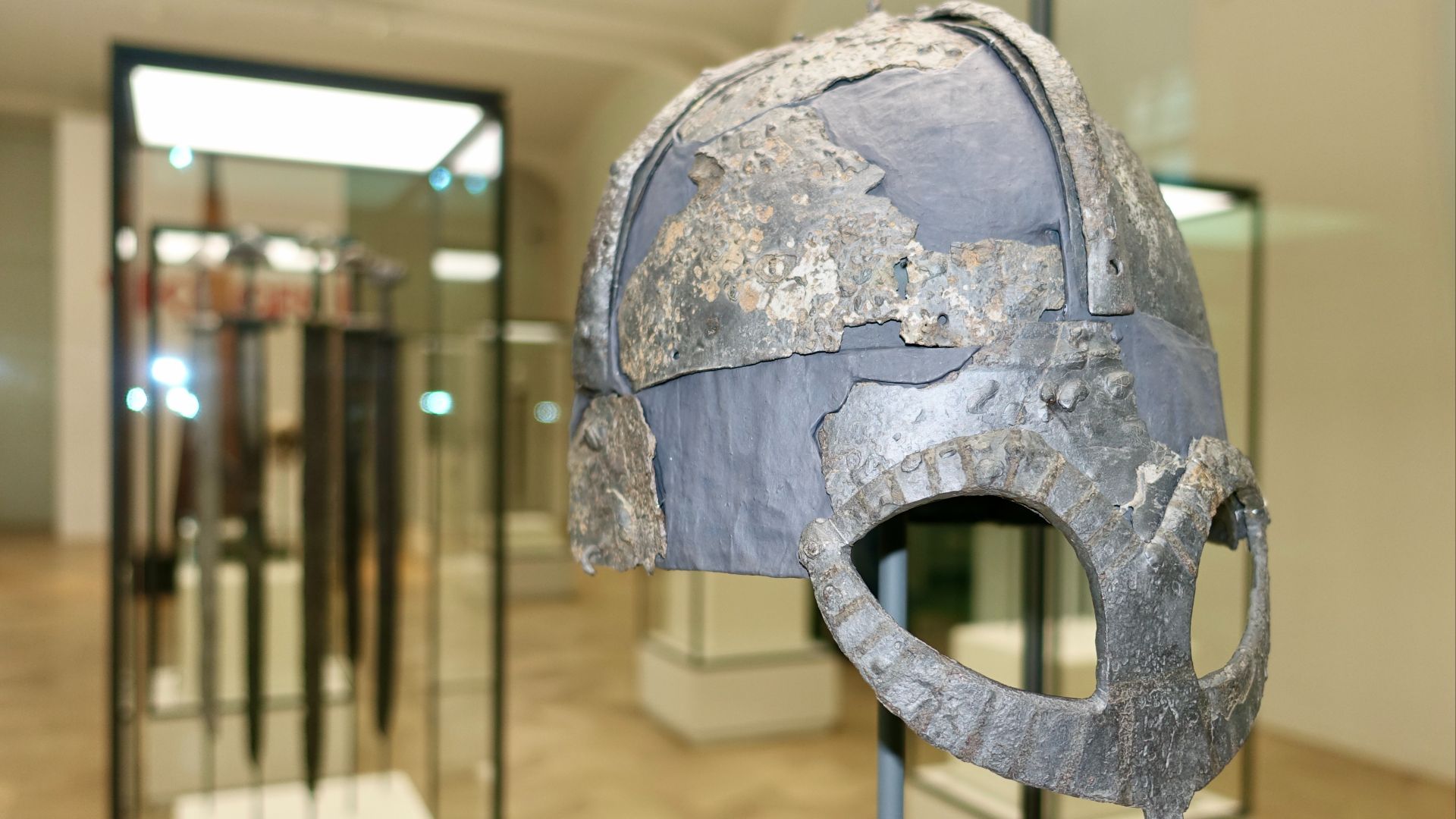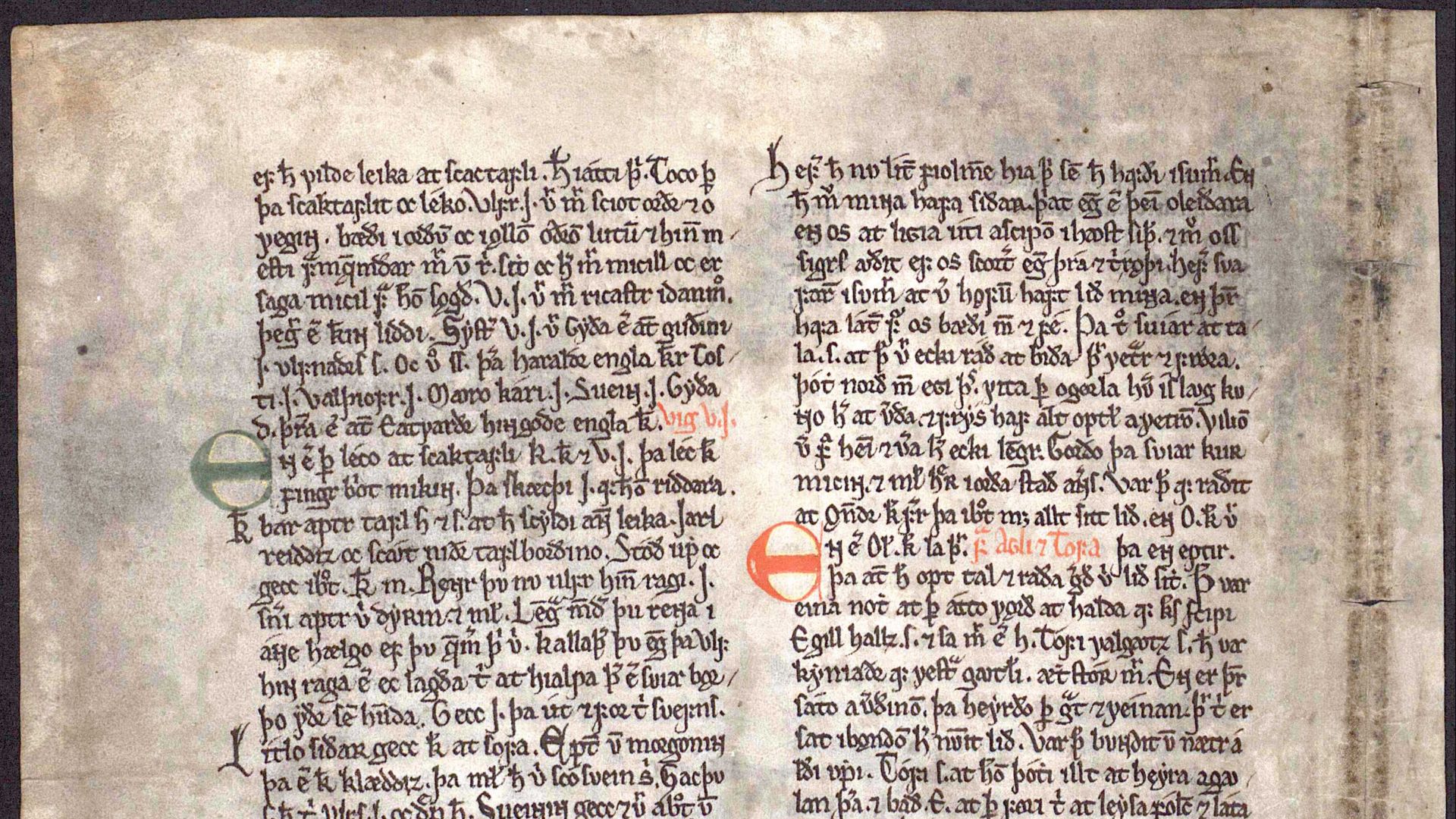Truth's Way Cooler Than Legend
You can say a lot of things about the Vikings, but one thing you can't say about them is that they were boring. Their name alone stirs up images of chaos and conquest. However, much of what people believe about them isn't quite accurate. It’s time to take a closer look at the Vikings, which reveals a far richer story than you might think. Let’s bust some myths, dig deeper, and learn the real facts about Vikings.
1. Horned Helmets Were Standard Viking Gear
Archaeological digs show no Viking helmets with horns—only simple iron caps. This myth sprang from 1800s opera costumes, not battlefield evidence. Helmets were made for survival, not style. Real Viking warriors preferred protection over pageantry. Don't let cartoons fool you.
2. All Scandinavians Were Vikings
Not every Norseman went raiding. The word "Viking" just describes a job. Most people in Scandinavia were farmers, traders, or artisans. Only a small segment sailed off for plunder or profit. So, calling all Scandinavians Vikings is like calling all Brits pirates.
 Granbergs Nya Aktiebolag on Wikimedia
Granbergs Nya Aktiebolag on Wikimedia
3. Vikings Were Unkempt And Dirty
Cleanliness mattered to Vikings. They owned tweezers and combs, and many have been uncovered in graves. Weekly baths on "Laugardagur" (Saturday) weren't optional but routine. Compared to medieval Europeans, they looked polished. Think more grooming kits and less mud and grime.
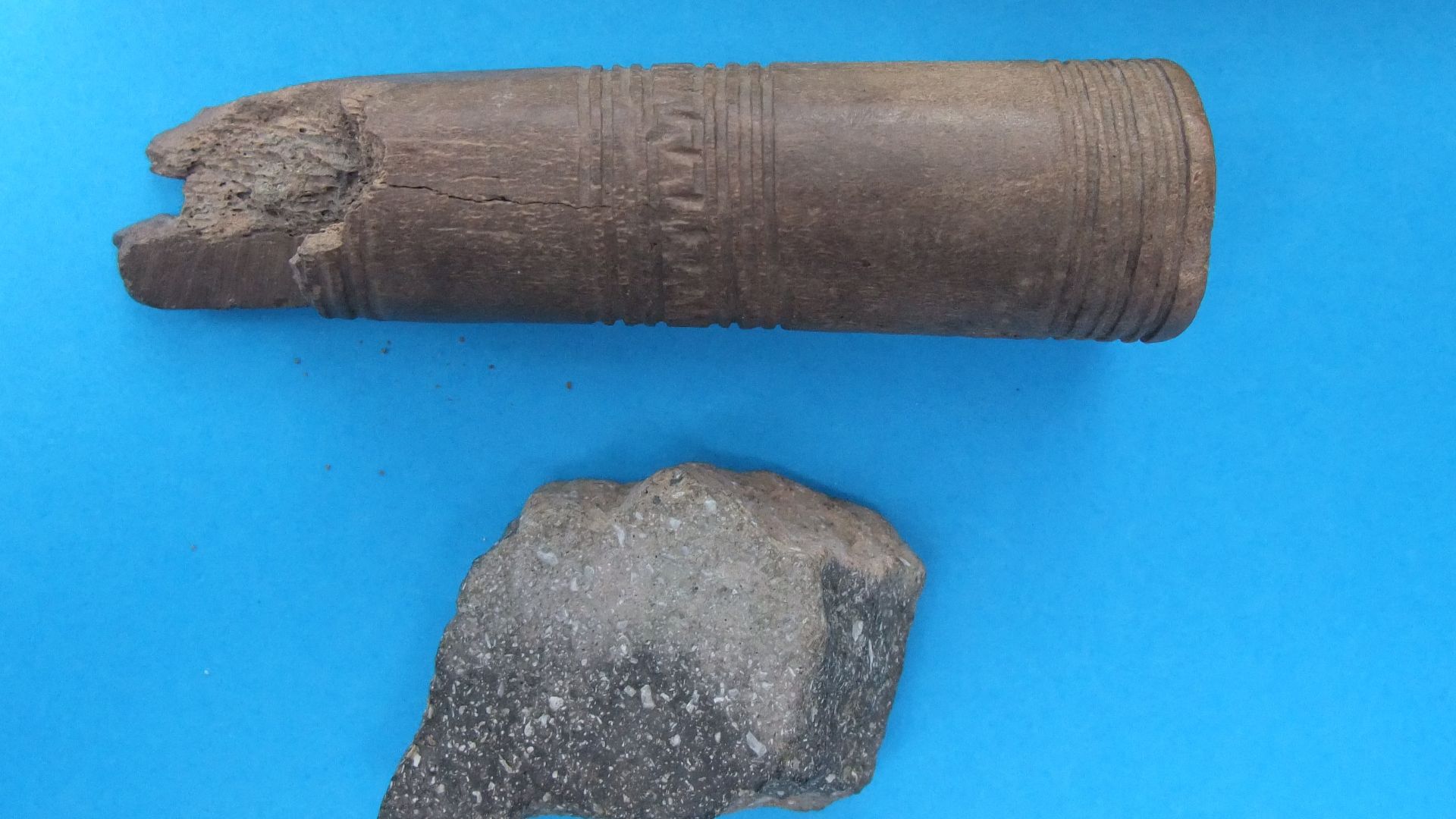 Northamptonshire County Council, Julie Cassidy, 2010-08-17 14:34:10 on Wikimedia
Northamptonshire County Council, Julie Cassidy, 2010-08-17 14:34:10 on Wikimedia
4. They Were Exceptionally Tall
Modern myths paint Vikings as towering brutes. In truth, they averaged around 5'7". Nutrition, climate, and social class shaped their stature. Still, their intimidating presence came from attitude and armor, not just height. So, no, they didn't all look like Game of Thrones extras.
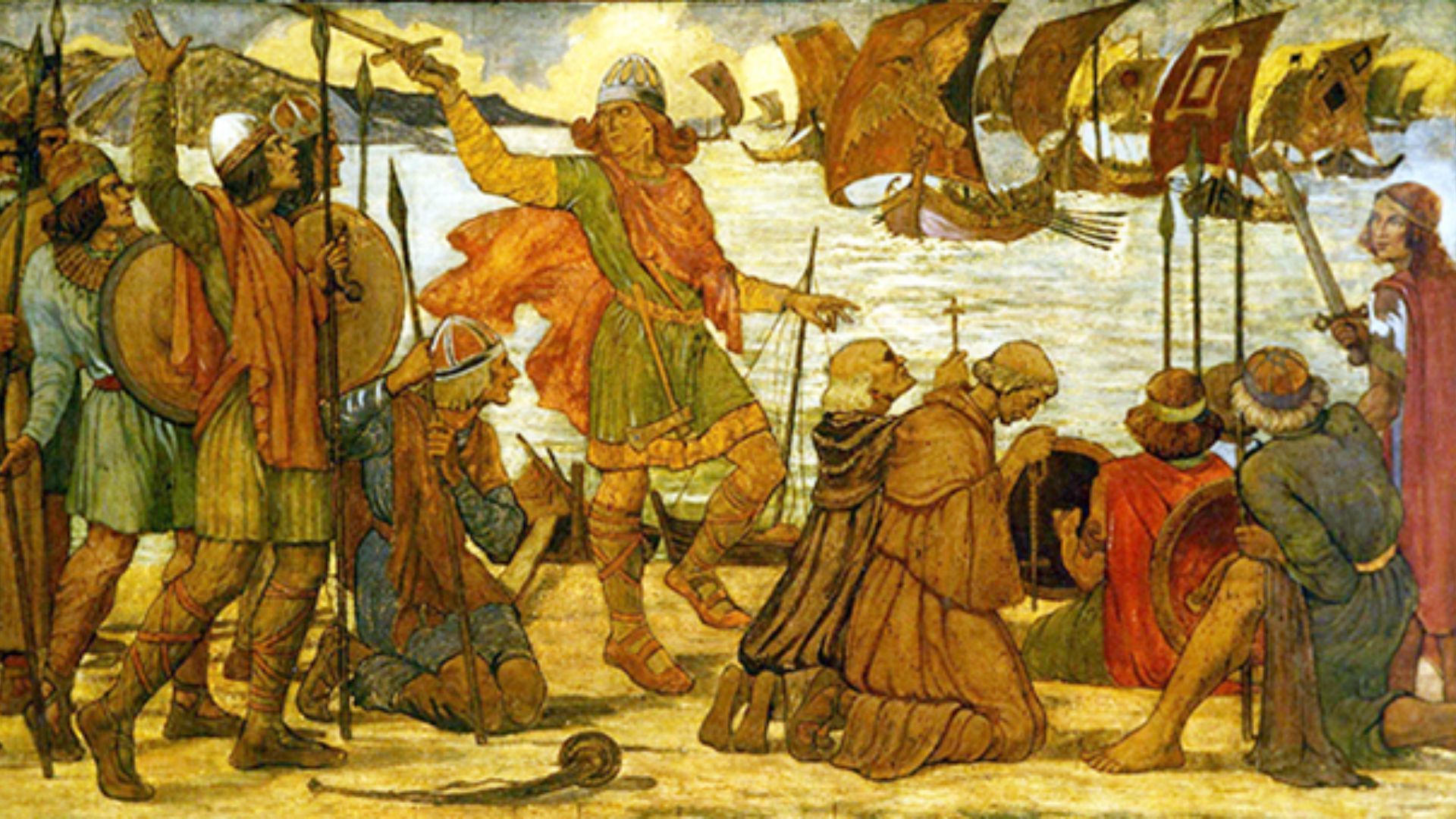 James Ward (1851-1924) on Wikimedia
James Ward (1851-1924) on Wikimedia
5. All Vikings Were Exclusively Brutal Raiders
Violence wasn't their only export. Vikings also traded furs and silver across Europe and Asia. Many settled peacefully in places like Normandy or Dublin. Yes, raids happened—but so did farming and diplomacy. One raid doesn't erase centuries of commerce and culture.
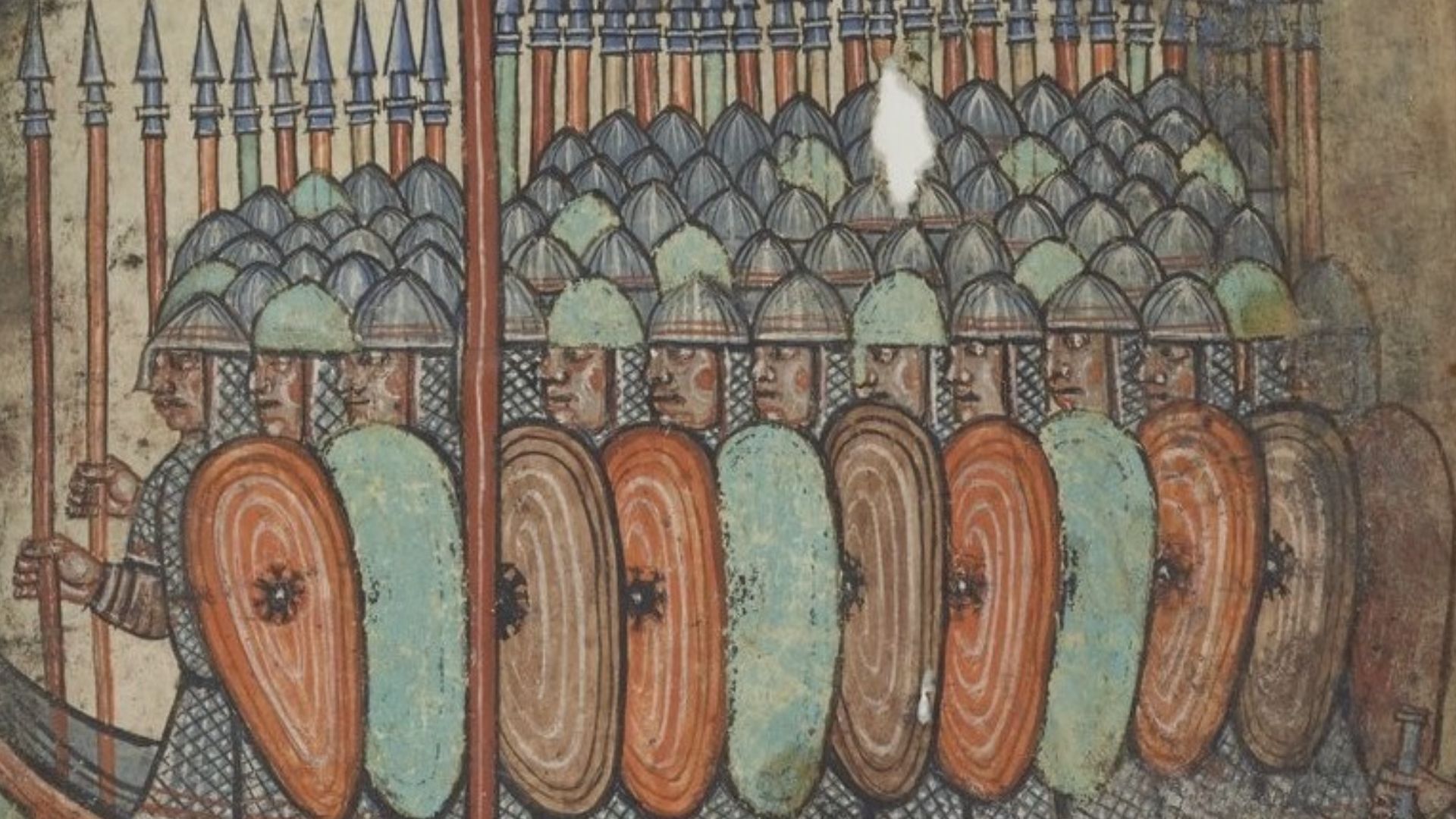 Abbey of Saint-Aubin on Wikimedia
Abbey of Saint-Aubin on Wikimedia
6. Vikings Drank From Human Skulls
Sounds fierce, but there's no evidence for this grisly image. It likely came from a poor translation of Old Norse poetry. They raised horn cups at feasts, not skulls. If anything, the mistake reveals more about people's dark imaginations than their dining habits.
7. They Had No Written Language
Runes prove otherwise. Vikings carved messages into stone and metal using the runic alphabet. These weren't just symbols but prayers, jokes, love notes, and even graffiti. So, feel free to imagine a Viking scratching "Thor was here" into a sword pommel.
8. Viking Women Had No Rights
Viking women had enough power to own land and run households. They could even divorce their husbands, and some led long-distance trading missions. The sagas mention strong, independent women who shaped their communities. Sure, it was different from modern rights, but they were not voiceless shadows.
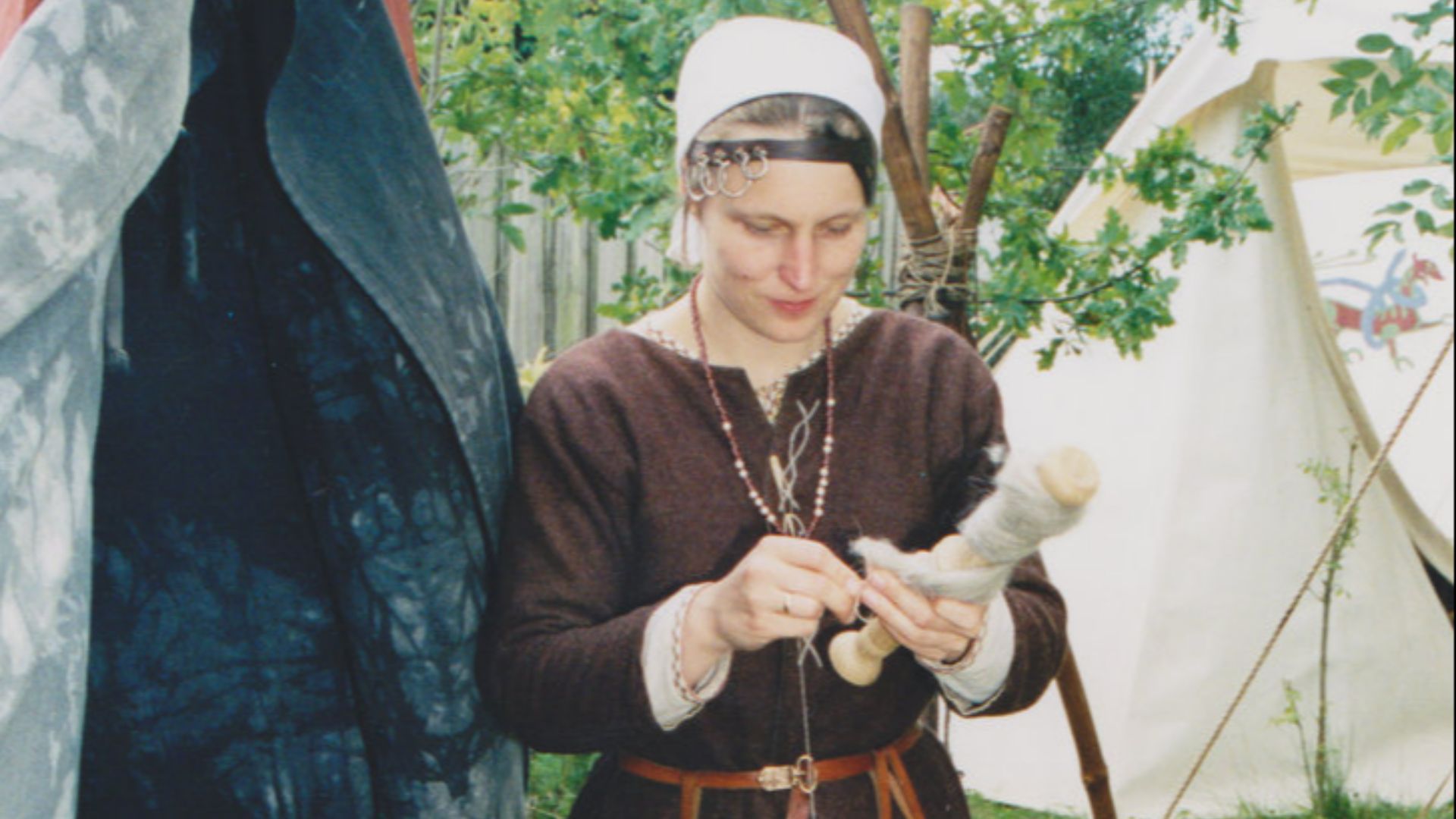 Peter van der Sluijs on Wikimedia
Peter van der Sluijs on Wikimedia
9. "Viking" Was A Unified Nation
No Viking "kingdom" ever existed. Instead, clans and regional chieftains ruled small territories. Alliances formed during raids and then faded. For them, loyalty was to family, not country. Plus, more often than not, brother fought brother.
10. Paganism Was Their Sole Religion
Christianity reached Viking lands before their era ended. Many converted—willingly or not—as they settled in Christian regions. Crosses appear in grave goods, and churches rose in Scandinavia by the 11th century. So, Paganism didn't dominate the scene forever.
As it turns out, myths barely scratch the surface. Now that the fog's cleared, let’s see what the real stories actually looked like.
1. Vikings Were Skilled Navigators And Shipbuilders
Mastering wind and water, Vikings built sleek longships with shallow hulls that sliced through rivers and seas alike. Using sunstones and coastal memory, they sailed in fog and across oceans. Their ships weren't just transport but tools of trade and unmatched exploration.
2. Their Society Had A Structured Social Hierarchy
Viking society was divided into jarls (nobles), karls (free men), and thralls (slaves). Wealth, not birth alone, shaped your place. You could rise or fall. Laws governed rights, and assemblies called "things" settled disputes. Order mattered more than brute force.
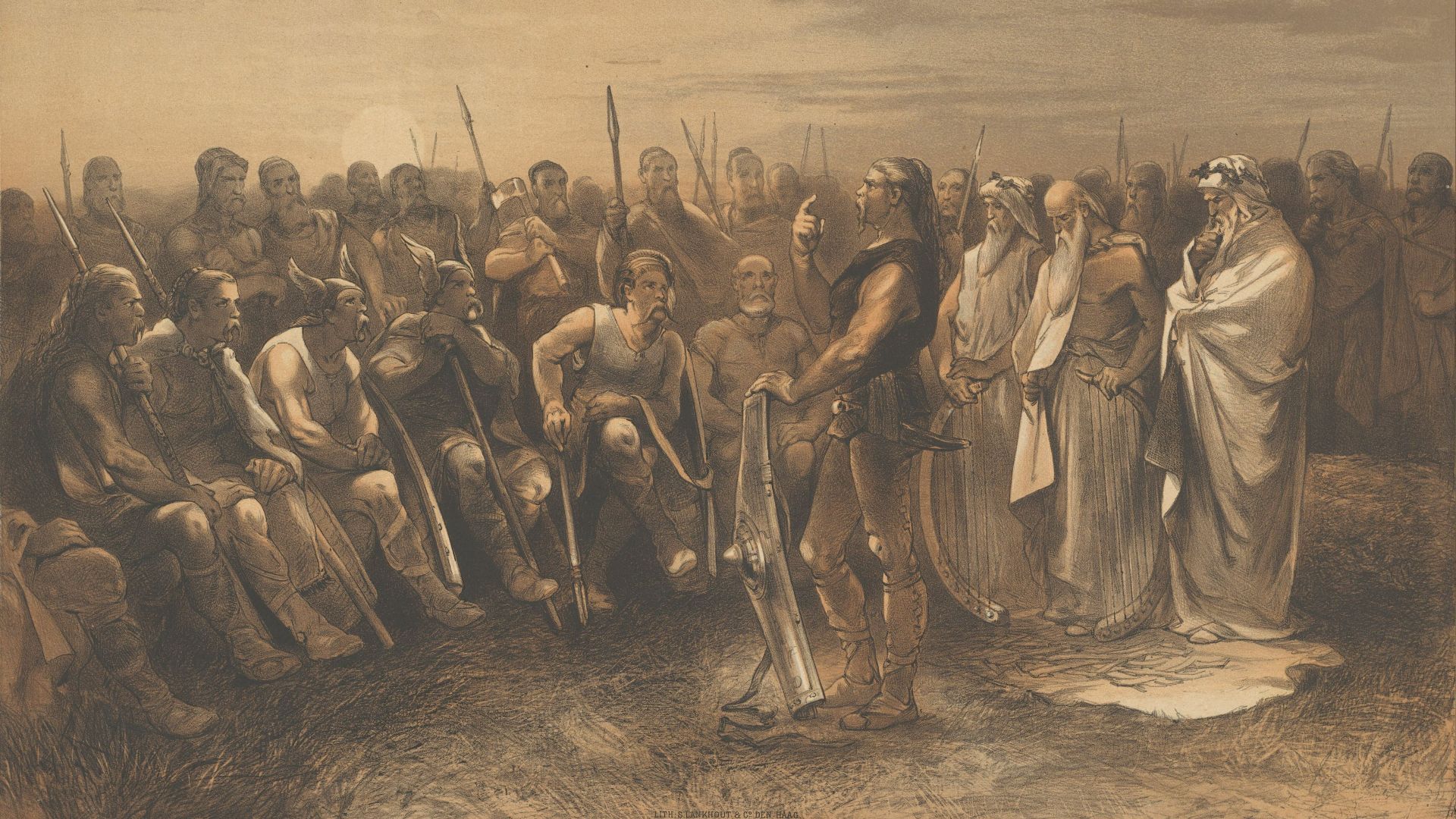 Charles Rochussen on Wikimedia
Charles Rochussen on Wikimedia
3. They Established Trade Networks Across Continents
As they got silver from Baghdad and fur from the north, Vikings connected civilizations. Their trade routes stretched from Iceland to Constantinople. Longships packed with amber and swords filled ports with wealth. These Norsemen bartered and shaped medieval economics.
4. Vikings Reached North America Before Columbus
In the year 1000, Leif Erikson led Norse explorers to Vinland—likely Newfoundland. Centuries before Columbus, these sailors crossed the Atlantic using wooden ships and courage. They didn't stay long, but archaeological remains at L'Anse aux Meadows prove the New World met Vikings first.
5. They Practiced Unique Body Modifications
Through body modifications, warriors stood out with more than weapons. For example, Viking skeletons with horizontal grooves suggest tooth filing—a ritual or rank marker, perhaps. So, their teeth weren't just for chewing. Tattooing is also rumored, though evidence remains scarce.
6. Viking Women Were Buried With Valuable Items
The graves of Viking women had their belongings. Archaeologists have uncovered brooches and imported silver beside their bones. Some were buried with wagons or keys—symbols of control and status. These burials speak volumes: women held power and earned honors equal to warriors.
7. Vikings Had A Rich Oral Tradition
Skalds (Viking poets) memorized sagas filled with battles, gods, and family feuds. Stories told on long nights in smoky halls helped Vikings relive the past. Writing came later, but memory ruled first. If you've heard of Odin sacrificing an eye, you should know that tale began here.
8. They Played Strategic Board Games
Besides being a pastime, tafl trained minds for war. This board game, older than chess, mimicked real-life raids. One king, surrounded by attackers, had to escape. Found in burial mounds and halls, tafl shows how Vikings sharpened more than blades.
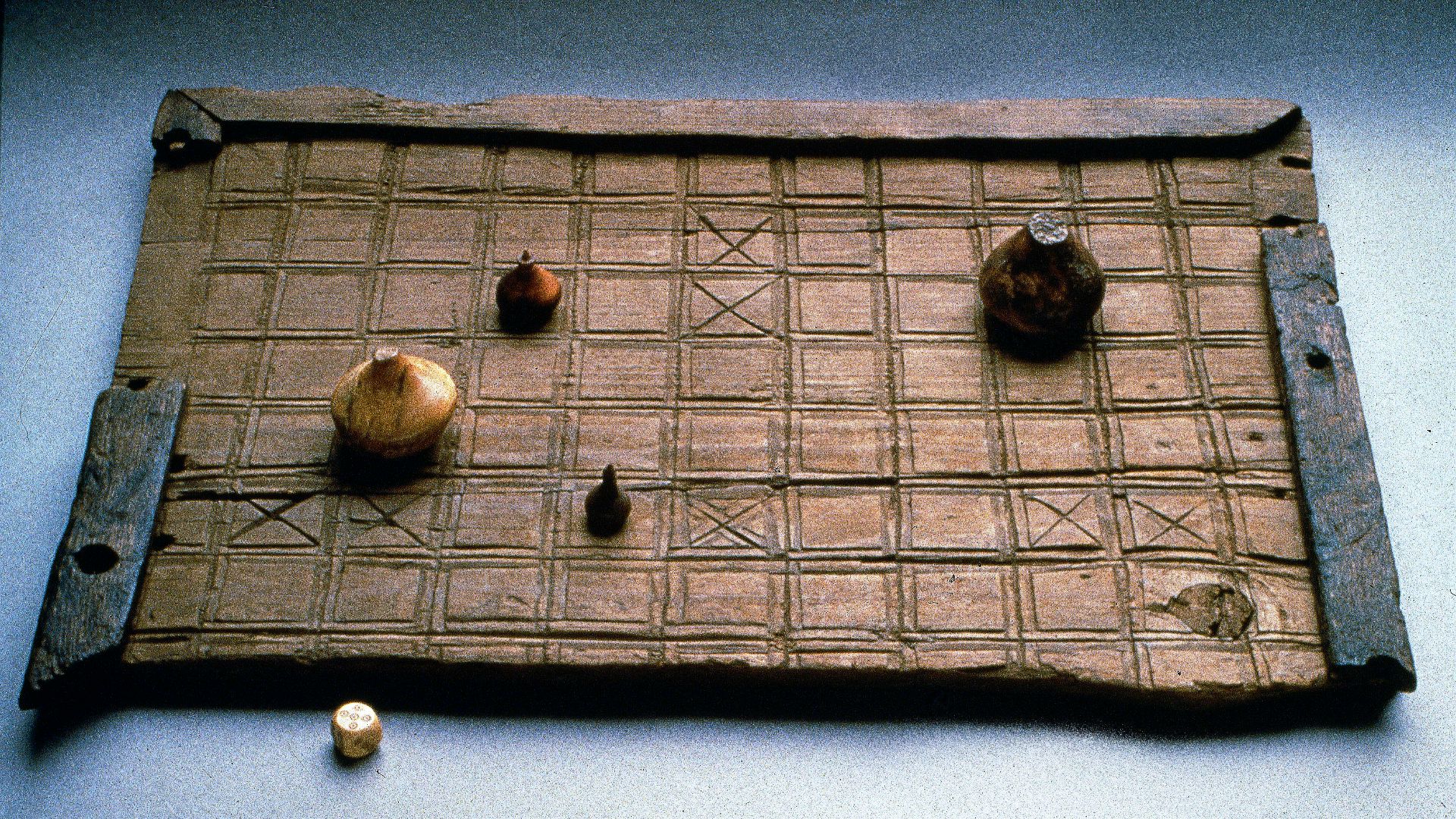 NTNU Vitenskapsmuseet on Wikimedia
NTNU Vitenskapsmuseet on Wikimedia
9. Vikings Used Advanced Weaponry And Armor
Blacksmiths forged both weapons and reputations. Swords bore names, and shields were painted. So, for them, fighting was survival but also a kind of expression. As for iron helmets and pattern-welded blades, they were high-tech for their time.
10. Vikings Influenced Modern Languages
You speak Viking without even realizing it. Words like "egg," "sky," "knife," and "husband" came from Old Norse. When Vikings settled across England, their language mingled with Old English. The result was a richer and rougher vocabulary. Even days like Thursday (Thor's Day) echo their presence.
KEEP ON READING

20 Weirdest Historical Objects in Museums
Check Out the Pickled Heart of a Saint. Museums carry…
By Rob Shapiro Oct 1, 2025
20 Ocean Mysteries We Still Haven’t Solved
Unanswered Questions Of The Ocean. The ocean covers most of…
By David Davidovic Sep 1, 2025
10 Phenomenal Mythical Creatures & 10 That Are Just Plain…
Legends Both Majestic And Peculiar. Do you ever wonder why…
By Chase Wexler Oct 1, 2025
20 Historical Predictions That Turned Out To Be True
Crystal Ball Moments In History. Do you wonder what it's…
By Chase Wexler Sep 1, 2025
10 Presidents Who Never Served In The Military & 10…
Commanders And Civilians In Office. Power can rise from very…
By David Davidovic Sep 1, 2025
20 Wars That Could Have Ended Much Sooner Than They…
Wars That Lasted Far Too Long. Wars are often remembered…
By David Davidovic Sep 1, 2025

